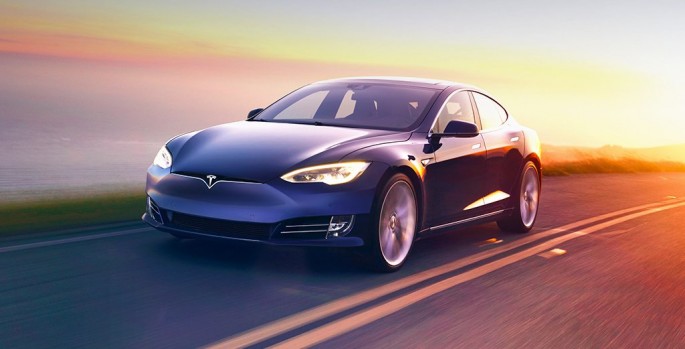Tesla is being probed by the National Highway Traffic Safety Administration (NHTSA) after reports from a customer that the Model S suspension could have design problems. The electric car manufacturer wants to collect more information from other Tesla owners and the automaker.
A Model S owner recently complained to the NHTSA that they lost steering control after the left-front hub assembly separated from the car's upper control arm, according to Teslarati. It happened while traveling on a rough road.
The electric vehicle (EV) owner "gpcordaro" has shared his story on the Tesla Motors Club (TMC) forum. He shared that the air suspension of the Model S was at the highest setting while driving at 5 miles per hour.
The green car owner contacted Tesla Service about the problem. He was told that the problem was caused by the normal wearing out of parts so it would be covered by Tesla's warranty.
However, the Model S owner disagreed with the prognosis. He decided to turn in the broken car parts for the United States agency to review.
NHTSA reported to the Tesla customer that the low-quality ball joints broke too early. The safety agency is testing other samples to learn if the problem was a bad batch or poor design.
Meanwhile, the unhappy customer has urged other Tesla owners that have the same problem to save the old parts that their Service Center removes. That is because the EV's suspension is an issue related to public safety.
The federal agency's testing of the car parts is the first step. It will then decide whether it should launch a formal investigation about the suspension system of the all-electric Model S.
In related news, Tesla is releasing a pair of cheaper versions of its Model S sedan. They include the Model S 60 ($66,000) and 60D ($71,000), which are available at Tesla's official website, according to The Verge.
The Model S 60 is the new base version of Tesla's signature car and can go 210 miles on a single charge. Meanwhile, the all-wheel drive 60D has a range of 218 miles.
Both new Tesla cars will include hardware for the company's semi-autonomous Autopilot feature. However, it is only available for an extra charge.
Here's a Tesla Model 3 first ride:



























